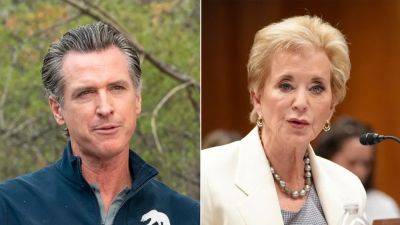U.S. college sports' legalized pay-for-play future threatens to strand Canadian athletes in amateur past
Last Friday, U.S. federal judge Claudia Wilken approved a seismic settlement that will send tremors through commercialized sport across the continent, okaying $2.8 billion US in retroactive pay to former NCAA athletes over the use of their names, images, and likenesses, and granting Division 1 college programs the ability to pay players directly.
That second detail matters most for this discussion. Name/Image/Likeness deals, after all, are standard in U.S. college sports now, with teams using them to funnel seven-figure paydays to star players while maintaining that those athletes are still, technically, unpaid students. But legalizing pay-for-play breaks college sports open along its oldest, deepest, most volatile fault line – the precarious distinction between amateurs and professionals in a multibillion-dollar enterprise.
Starting next school year, Division 1 teams will have up to $20.5 million in salary to spread among all their varsity athletes, a setup that, belatedly, brings the rules in line with the reality. Few sober-thinking people could watch the 2018 Rose Bowl and conclude, in good faith, that Georgia's Kirby Smart, calling the shots from the sidelines, deserved money, but Nick Chubb and Sony Michel, who combined for 326 rushing yards and five touchdowns, merited only in-kind perks and pats on the back.
So in finally acknowledging that the athletes who drive a big-money industry are professionals, Wilken has delivered the shakeup that college sports needed.
But here's the thing about real and metaphorical earthquakes:
You can feel them far away from the epicentre, and aftershocks from last week's ruling will rattle elite sport in Canada, too. If Canadian stakeholders aren't already plotting countermoves,





